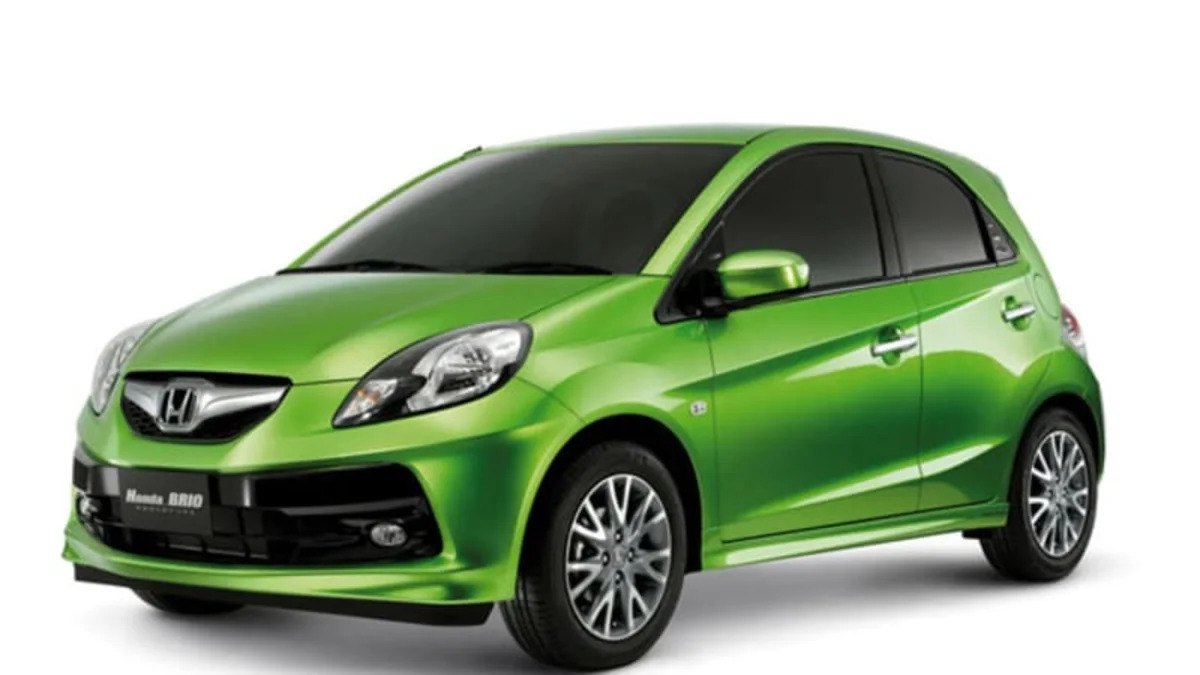Quick, name the 12th largest automotive manufacturing country in the world. Since we kind of gave the answer away in the headline, we're not too surprised that you just answered Thailand. But did you also know that 1.6 million vehicles were produced in Thailand last year and that the country is an export powerhouse? Over half of those vehicles (55 percent) were exported to countries/areas like Australia, Malaysia, Philippines and the Middle East, and that makes what happens in the Southeast Asian country important to the entire region. This is why it's a good thing that the country is trying to encourage foreign automakers to build cleaner, more efficient vehicles there. As Siriporn Nurugsa, the director of Thailand's Board of Investment (BOI), New York, recently told AutoblogGreen, Thailand has to import a lot of oil, so it knows why small and fuel efficient vehicles are important.
Let's go over some numbers. There are 16 car and motorcycle production companies in Thailand, and almost 700 Tier 1 suppliers, both Thai and foreign-owned. The key green vehicle program was the BOI's Eco-Car Promotion, which has five companies taking part: Honda, Suzuki, Nissan, Toyota and Mitsubishi. The total "eco car" production capacity of these five companies is 585,000 vehicles per year, and the plans call for the export of more than 400,000 units this year, the first year when production is really ramping up. What makes a car an eco car? According to the BOI, these factors:
Let's go over some numbers. There are 16 car and motorcycle production companies in Thailand, and almost 700 Tier 1 suppliers, both Thai and foreign-owned. The key green vehicle program was the BOI's Eco-Car Promotion, which has five companies taking part: Honda, Suzuki, Nissan, Toyota and Mitsubishi. The total "eco car" production capacity of these five companies is 585,000 vehicles per year, and the plans call for the export of more than 400,000 units this year, the first year when production is really ramping up. What makes a car an eco car? According to the BOI, these factors:
- The engine size cannot exceed 1.3 liters (for gasoline engines) or 1.4 liters (diesel), and
- The vehicle's energy consumption must be equal to or higher than one liter of fuel to move the car 12.4 miles (equivalent to
2947 miles per gallon), and - The car cannot emit more than 120 grams of carbon dioxide per kilometer.
[Source: Thailand Board of Investment]
What do companies get for making an eco-car in Thailand? An exemption on the import duties on raw materials and ready-made auto parts and there are no minimum capital investment or hiring requirements (this is different than when the program was announced in 2007). In the first five months of 2011, participating eco car companies in Thailand built 42,729 units with an engine size of 1.2 liters or smaller, with the most common example being the Nissan March. This car was introduced to the Thai market at the 2010 Bangkok Motor Show, and over 3,000 orders were placed before the show ended. Since the end of 2010, 18,000 units have been built in Thailand and Nissan has targeted a goal of 90,000 by the end of 2011. The BOI expects similar good numbers for the Honda Brio (pictured), which launches this fall. Vehicles like the Chevrolet Cruze, the Toyota Prius or the Camry Hybrid are all built in Thailand and get good fuel economy, but they didn't qualify for the Eco Car incentives, which have now closed to new entrants.
Nurugsa said that the BOI's policy for promoting eco-cars is evolving to encompass a wider range of fuel efficienct, eco-friendly policies, and a revised program may soon cover things like the promotion of the production of a new model or hybrid vehicles. With a pre-existing production capacity in the country and an broadening of the incentive program likely, Nurugsa said she expects green car production in Thailand to grow: ""We have a very strong automotive sector. We already have the cluster in Thailand, so automakers don't need to start at zero. Since the Eco Car and the fuel efficiency are the trend of the world, the Thai government may introduce a new package to encourage more production in the country." From the results seen so far, we wouldn't be surprised.



Sign in to post
Please sign in to leave a comment.
Continue